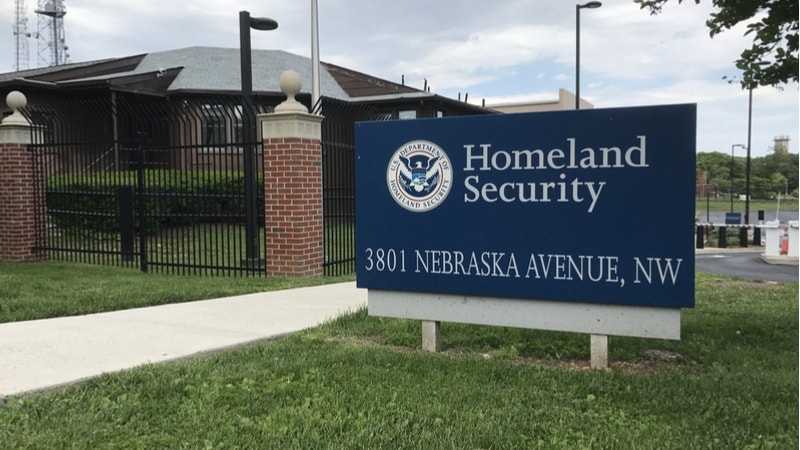
The Department of Homeland Security’s U.S. Citizenship and Immigration Services (USCIS) organization is updating its business infrastructure architecture to provide lawful immigration in a secure digital manner, explained Robert Brown, Chief Technology Officer at USCIS, during an FCW webinar on September 14.
Goals of the update include making sure that USCIS has the time, energy, and finances to incorporate innovative emerging technologies, he said.
Organizing business functions into various domains, and then aligning teams into those functional areas with the appropriate business units, is helping to transcend “these now not so disparate operational directorates,” said Brown.
“We’ve utilized a business infrastructure approach that deals with illustrating what the architecture should be and then pushing that towards the different teams and business units, and we have constructed functional business domains. This stems from a domain-driven design,” Brown explained.
The domains focus on business functions and workflow to reduce delivery silos, redundancy, and inconsistent approaches, and improve communication by reducing technical jargon. The separate domains within the USCIS include intake, identity management, customer service, adjudication, correspondence and scheduling, risk and fraud, and mission support.
Each domain includes a business expert who understands the business domain and the technical architecture, and is responsible for the iterative delivery of domain functions. Teams also have a domain builder who acts as an architect and is responsible for the technical strategy of the domain. And finally, each domain team includes a product manager or a technical integrator who will ensure the integration of requirements and successful service delivery.
These core manufacturing business functional domains ensure that USCIS teams work quickly, faster and provide higher services, Brown said.
“Without organizing ourselves into these domains, we would be having reconciliation challenges and would not be having energy, time, or money to focus on some of these cool, innovative technologies that ultimately produce better quality for our customers,” said Brown.
